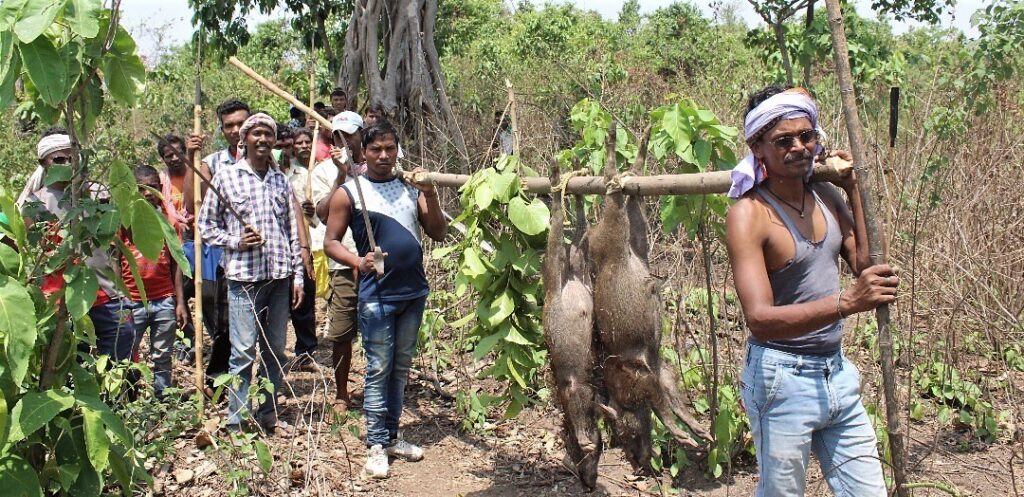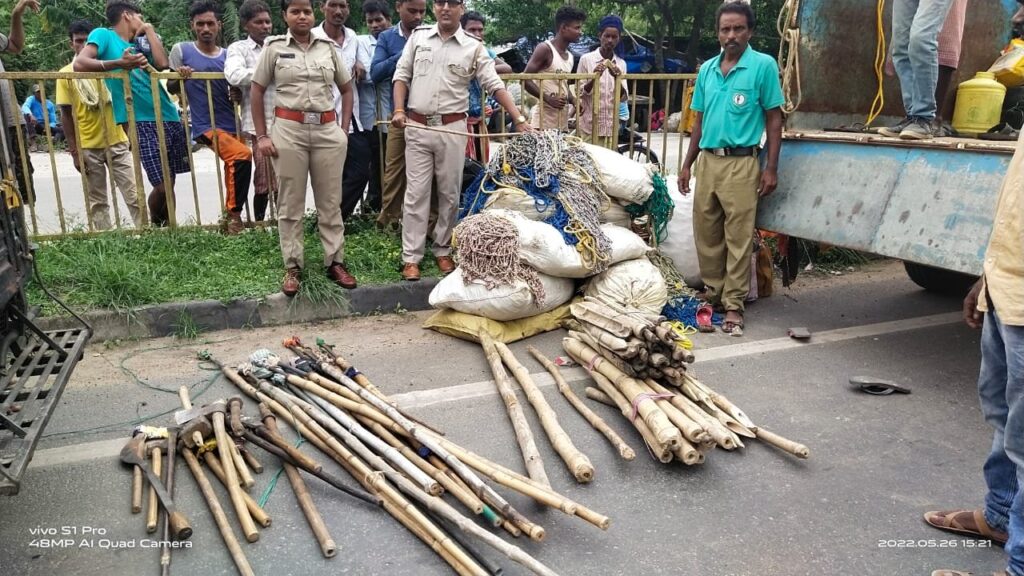Ritual Hunting in South Bengal
Undoubtedly, the greatest threat endangering the wildlife of South Bengal is the yearly ritual hunting festivals. During these festivals, thousands of protected species get killed in the name of traditions and culture. HEAL members were first acquainted with this annual affair in 2016. Although the pain and suffering inflicted on helpless fauna were evident, the enormous scale at which it happens every year was yet to be discovered. Every year since then, we have documented, monitored, and investigated ritual hunting in southern West Bengal. Through our active efforts, we have gathered information that constitutes a body of knowledge about this grave yet often overlooked, pressing conservation issue.
Myths about ritual hunting
It is often assumed that ritual hunting festivals are rooted in traditional tribal culture and are means of drawing sustenance. However, these assumptions and many more do not have any basis in reality. Hunters use these myths to fortify their arguments in favour of hunting festivals. Validation gained by propagating these fallacies enables them to continue engaging in this cruel and outright illegal practice. Therefore, dispelling these myths and curbing the spread of misinformation about ritual hunting is necessary to end this barbaric practice.

Our interventions
Eradication of ritual hunting has been our major initiative. The introduction of significant interventions and a concerted effort from various implementing agencies in the affected districts is essential to enforce wildlife laws and prevent the hunting of protected fauna. However, these interventions are of little value unless we bring about an alteration in the way hunting communities view wildlife. Accomplishing this is a slow process and requires sustained efforts and constant engagement over a long period. HEAL, therefore, uses a multitude of approaches that take these concerns into account to holistically tackle the problem of ritual hunting in South Bengal.
